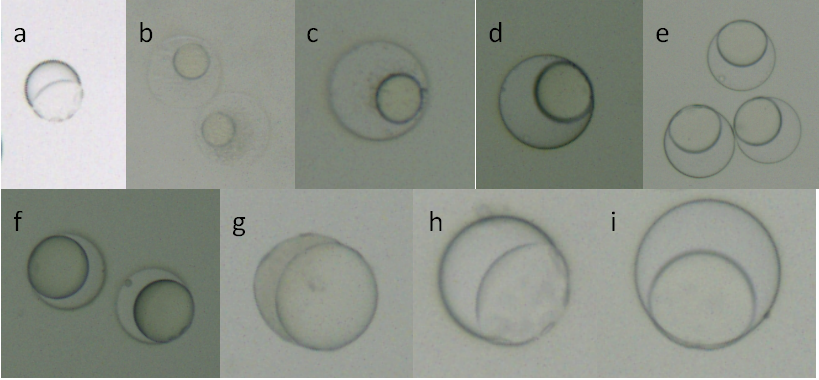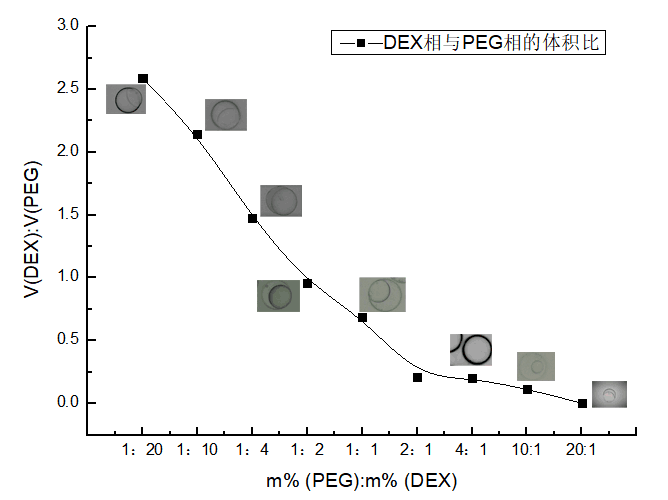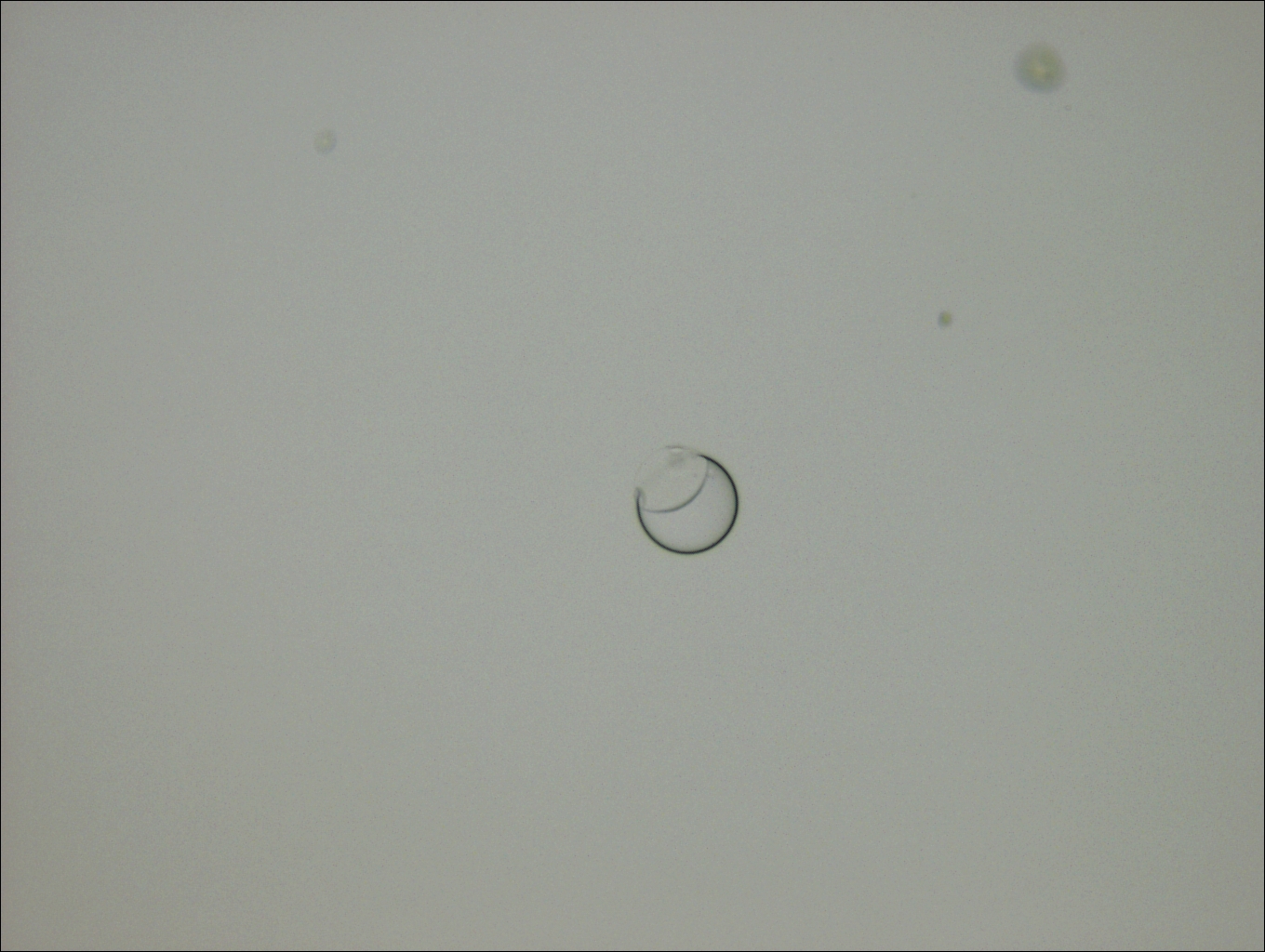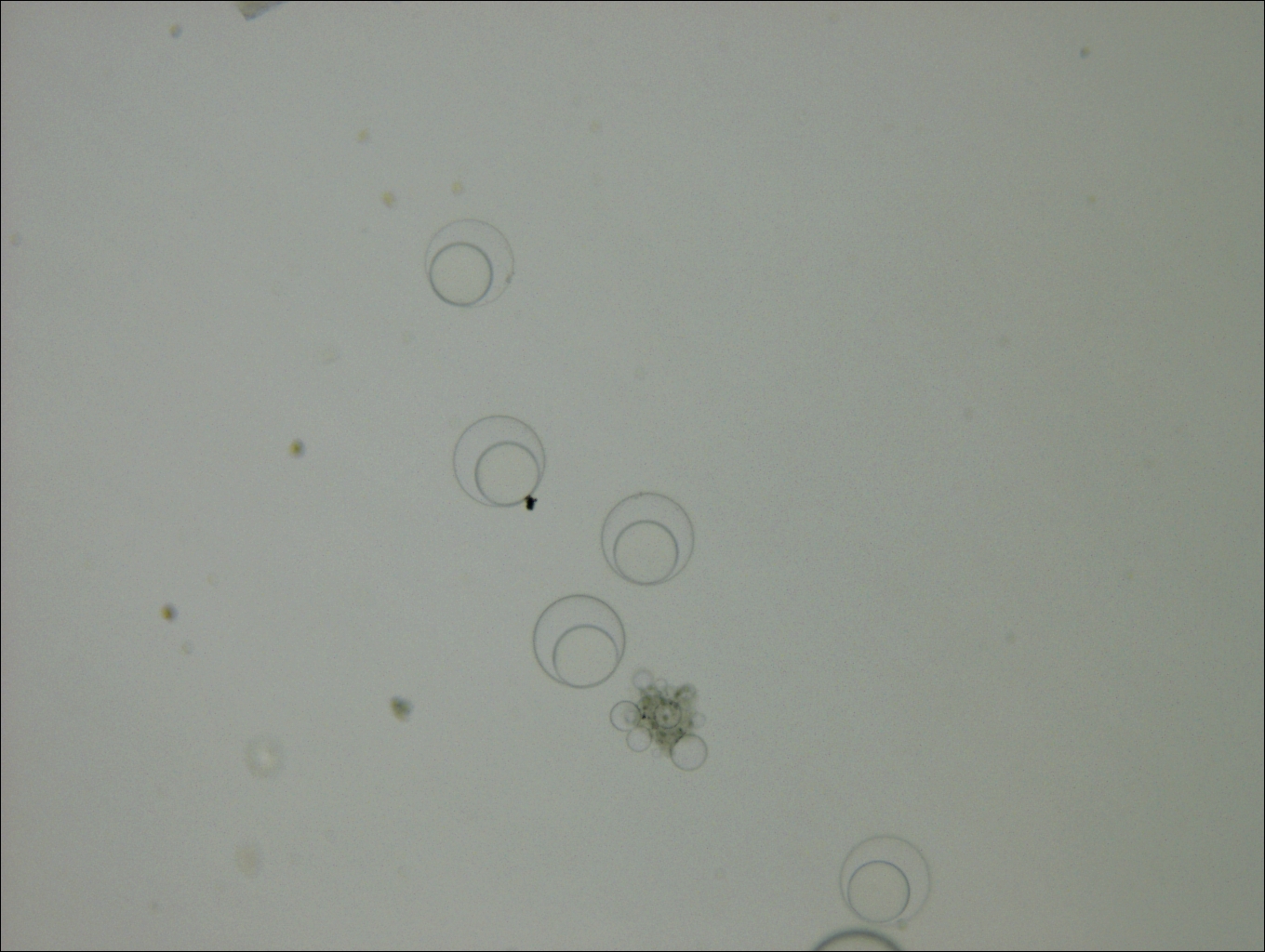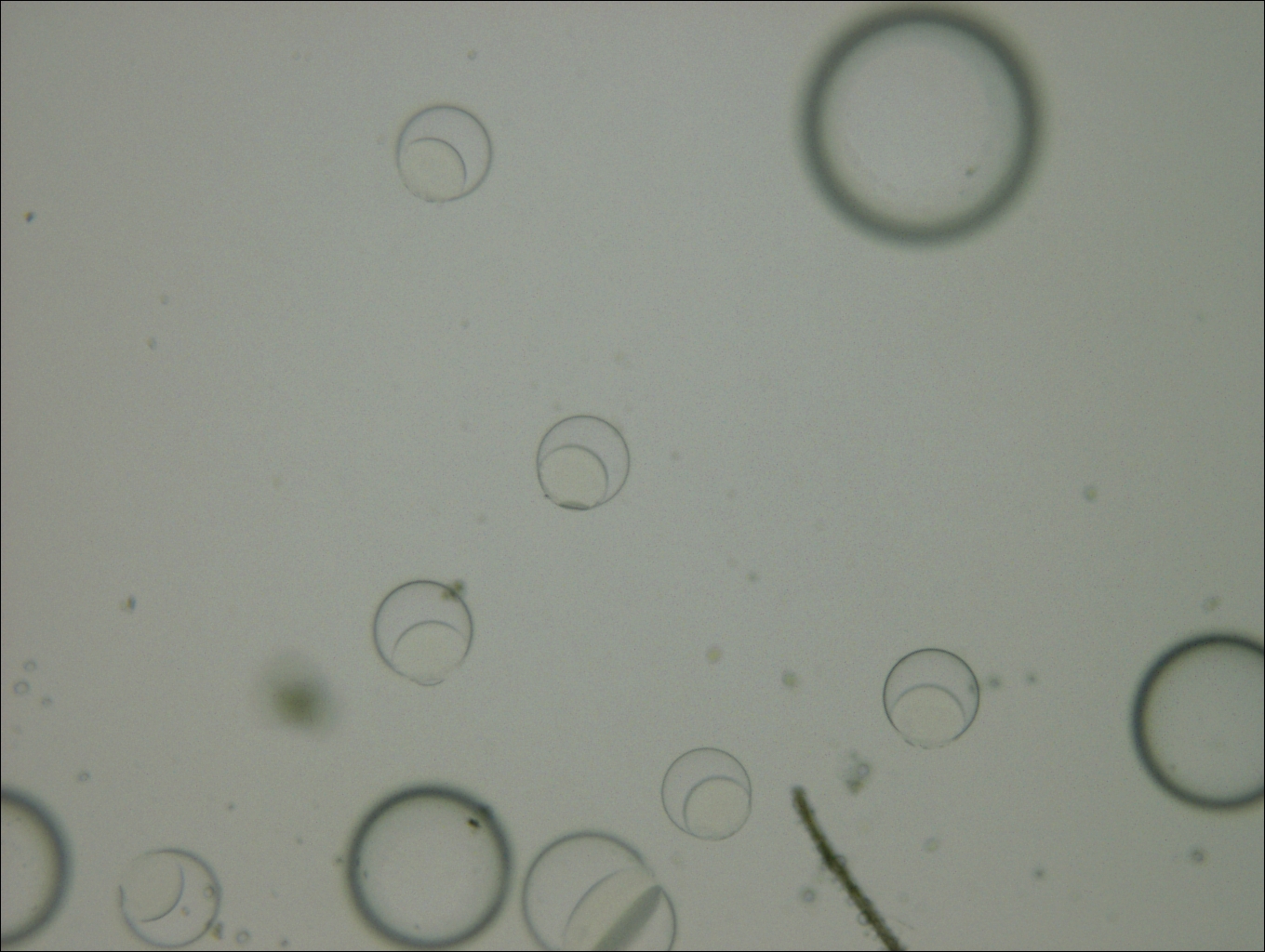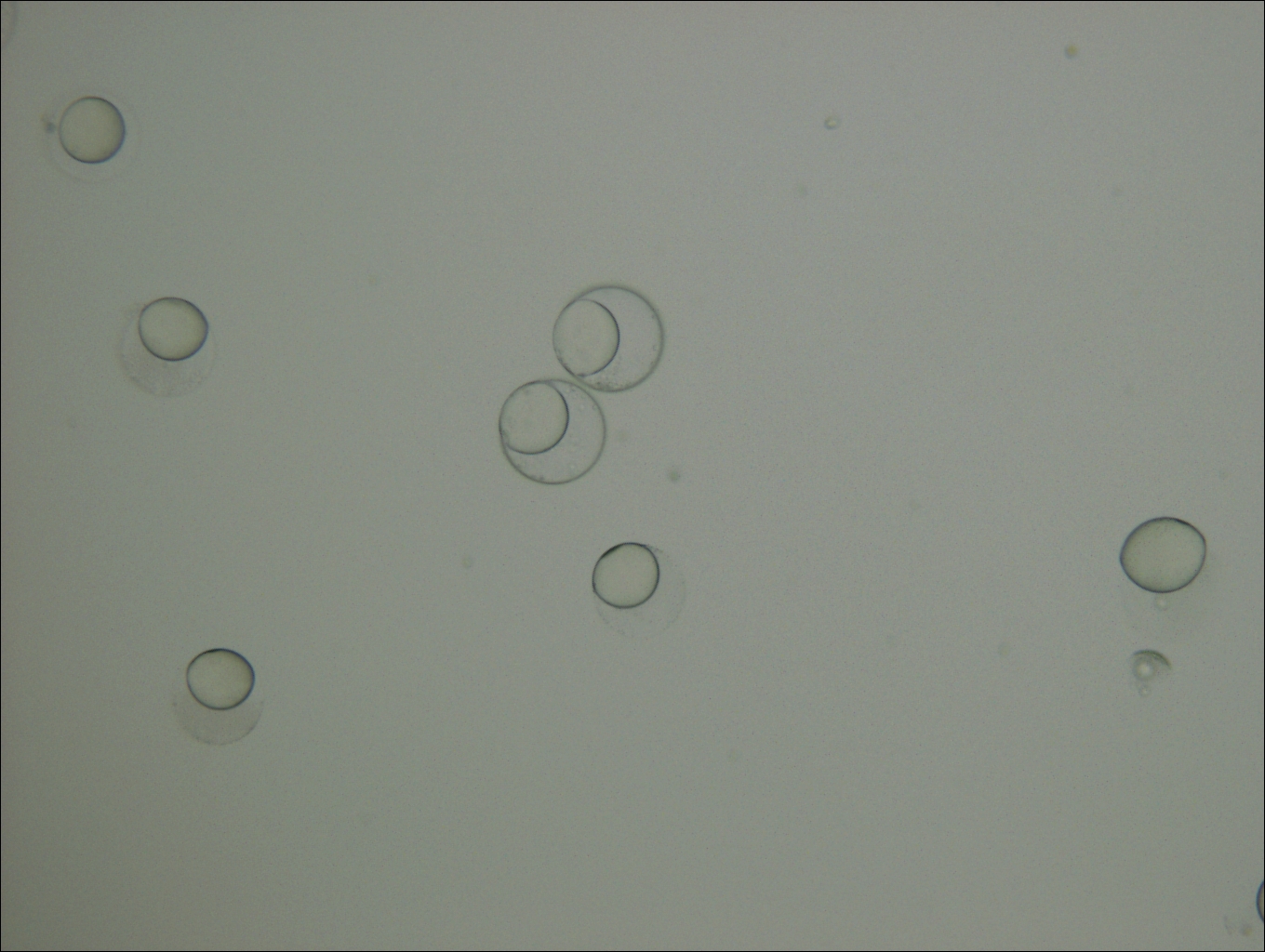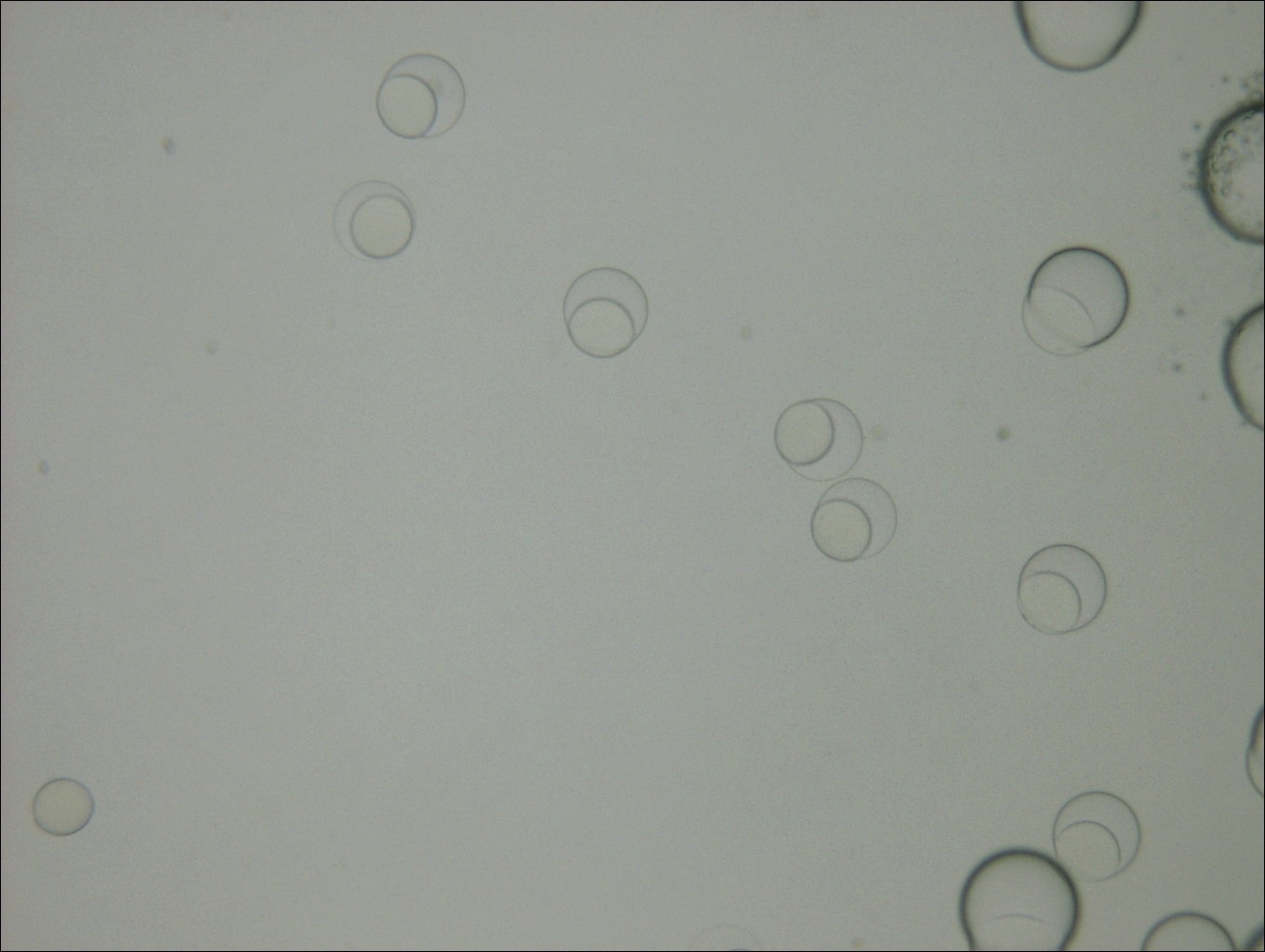双水相液滴中的分相过程研究毕业论文
2020-07-04 19:50:29
摘 要
双相水相体系(ATPS)通过两相中各相的溶解度的不同,从而为选择性分开多种生物分子提供了巨大的原始动力。但是,由于对ATPS形成背后原理的理论认识不足以及用于确定最佳提取参数的经验和分相耗时技术的不成熟,该项技术的使用及推广遭遇了极大的困难。在解决这个困难的工作中,本文主要选用PEG/DEX(聚乙二醇/葡聚糖)双水相体系作为我们的研究对象,通过研究该体系在失水过程中的分相过程,来更加深入得了解双水相体系的分相参数及分相耗时等等。我们利用微流体装置,将PEG/DEX的混合溶液从T型通道的分散相入口泵入,同时将含碳酸二甲酯的生物柴油作为连续相从T型通道的连续相入口泵入,在连续相的作用下,作为分散相的PEG/DEX水溶液被剪切成液滴,利用显微镜观察液滴在失水过程中的分相过程。在实验中我们发现,PEG/DEX的液滴在分相过程中都会经历从核壳结构到Janus结构转变的过程。通过调节PEG/DEX水溶液中两相的比例及各自的分子量来探究分相过程及分相之后的二者的体积与其浓度的关系,我们发现当PEG相含量保持不变时,DEX相随其含量的增大,分相完全后DEX的体积占比越小;当DXE相含量保持不变时,PEG相随其含量的增大,分相完全守PEG的体积占比越小。另外本文还通过选用其他双水相体系,比如PVA/DEX(聚乙烯醇/葡聚糖)和PVA/PEG(聚乙烯醇/聚乙二醇)体系,发现这些双水相体系的分相过程基本类似,分相规律具有普遍性。
关键词:双水相 微流体装置 分相
Abstract
The two-phase aqueous phase system (ATPS) passes the difference in the solubility of the phases in the two phases, thereby providing a huge original power for selectively separating a variety of biomolecules. However, due to the lack of theoretical understanding of the underlying principles of ATPS and the immature experience in deciding the optimal extraction parameters and phase-separation and time-consuming techniques, the use and promotion of this technology has encountered great difficulties. In solving this difficult task, this article mainly selects the PEG/DEX (polyethylene glycol/dextran) aqueous two-phase system as our research object, and by studying the phase separation process of the system during the dehydration process, we will In-depth understanding of the dual-phase system of phase-separation parameters and phase separation time-consuming and so on. We use a microfluidic device to pump the PEG/DEX mixed solution from the inlet of the disperse phase of the T-channel while simultaneously pumping dimethyl carbonate-containing biodiesel as a continuous phase from the continuous phase inlet of the T-channel, in succession. Under the action of the phase, the PEG/DEX aqueous solution as the dispersed phase was sheared into droplets, and the phase separation process of the droplets during the dehydration process was observed using a microscope. In the experiment we found that the PEG/DEX droplets undergo a transition from core-shell structure to Janus structure during the phase separation process. By adjusting the proportions of the two phases in the PEG/DEX aqueous solution and their respective molecular weights to explore the relationship between the volume and the concentration of the two phases after the phase separation process and phase separation, we found that when the PEG phase content remains unchanged, the DEX phase with its content The volume fraction of DEX decreases after phase separation is complete; when the DXE phase content remains constant, the volume ratio of PEG phase to complete PEG is smaller as the content of PEG phase increases. In addition, the dissociation process of these two aqueous systems was also discovered through the use of other aqueous two-phase systems such as PVA/DEX (polyvinyl alcohol/dextran) and PVA/PEG (polyvinyl alcohol/polyethylene glycol) systems. Basically similar, the principle of phase separation is universal.
Key words: Aqueous two-phase; Microfluidic device; Phase separation
目 录
摘 要 I
Abstract II
第一章 文献综述 1
1.1 引言 1
1.2 液滴中的分相和应用概述 1
1.2.1扩散致分相 1
1.2.2温度诱导分相 2
1.2.3光诱导分相 2
1.2.4聚合致分相 3
1.2.5双水相分相 3
1.3 双水相体系 4
1.4 聚乙二醇和葡聚糖简介 4
1.5 T型通道液滴形成原理 5
1.6 研究目的和内容 5
第二章 实验部分 7
2.1 试剂与仪器 7
2.2 实验原理 8
2.3 微流体T形装置的制作 9
2.4 连续相溶液的配制 9
2.5 高聚物混合物溶液的配制 9
2.5.1 PEG-20000和DEX-70000溶液的配制 9
2.5.2 聚乙二醇和葡聚糖比例1:1不同分子量溶液的配制 10
2.5.3聚乙烯醇和聚乙二醇溶液的配制 10
2.5.4 聚乙烯醇和葡聚糖溶液的配制 11
2.6 双水相液滴的制备 11
第三章 结果与讨论 13
3.1引言 13
3.2 PEG/DEX双水相体系的分相过程 13
3.3 液滴中PEG和DEX的相对含量对该双水相体系分相的影响 14
3.4 PEG和DEX相对分子量对该双水相体系分相的影响 16
3.5 PVA/DEX液滴中各组分相对含量对其分相完全后体积占比的影响 19
3.6 PVA/PEG液滴中各组分相对含量对其分相完全后体积占比的影响 20
第四章 结论 23
参考文献 25
致 谢 29
文献综述
引言
分相是指二元或多元体系中,在一定的温度和浓度范围内,两种或多种不同组分存在着相的稳定平衡或亚稳定的状态,即具有不混溶的现象。分相不仅对材料结构理论和形成理论起促进作用,而且对材料的性能有着重要的影响。利用分相这种现象可以制造出各种新型的特殊结构,并以此将这种具有特殊结构的材料功能化,制备出各种各样功能各异的新型材料。近年来,研究者们将液滴分相现象和微流体技术相结合,制备出粒径均一,形貌可控的液滴,如Janus[1,2]、多重乳液[3,4]等复杂液滴,这种复杂液滴在食品[5]、化学[6]分离等具有潜在的应用价值。而双水相体系因其溶剂为水,具有良好的生物相容性,又具有分相的特征,目前在细胞分离等生物领域具有广泛的应用。本章主要从双水相及各类分享手段进行文献综述。
1.2 液滴中的分相和应用概述
目前利用微流体液滴分相可得到复杂的液滴,具体有扩散致分相、温度诱导分相、光诱导致分相、聚合致分相和双水相分相等。下面将对液滴分相进行详述。
1.2.1 扩散致分相
扩散致分相是指分散相液滴在流动过程中,液滴中的物质扩散到连续相或者连续相中的物质扩散到分散相的液滴中,导致液滴由单相变为多相的过程。如Jeong等人[7]将PVA和PMMA溶解在DMF或乙醇中作为分散相,含有道康宁5200的十六烷作为连续相,剪切出滴液之后,分散相中的溶剂DMF或乙醇转移到连续相中,最终导致Janus颗粒的生成。同样的,基于扩散法,Eugenia等人[8]将四氢呋喃和氯化钠水溶液作为水相,CO2作为气相,气液两相形成嵌断流,气相中的CO2被水相部分吸收,水与CO2生成的质子导致水分相形成有机相四氢呋喃和盐溶液。
1.2.2 温度诱导分相
此方法通过改变乳液所处环境中的温度,使得液滴中的温敏性组分溶解度降低,继而造成乳液液滴发生分相。Weitz等人[9]报道了利用温度诱导分相制备Janus颗粒,其只要过程是将烯丙胺和N-异丙烯酰胺共聚得到氨基修饰的纳米凝胶N-异丙基丙烯酰胺颗粒,再将纳米颗粒和聚丙烯酸以及光固化水凝胶前驱体混合作为分散相,在油相的剪切作用力下形成液滴。聚N-异丙基丙烯酰胺的相变温度是32 ℃,液滴温度达到65 ℃时,聚N-异丙基丙烯酰胺纳米颗粒收缩到液滴的另一边,同时光固化水凝胶前驱体转移到另一边,相分离形成Janus液滴,并在光固化的作用下形成Janus颗粒。
1.2.3 光诱导分相
光诱导分相是指单相液滴在紫外光的照射下分相形成多相液滴的过程。Kim[10]报道了一种利用光照诱导分相制备双重乳液的方法。首先采用两步乳化法制备出多核结构W/O/W二元乳液,最外层的水相为聚乙烯醇的水溶液,内层的水相为氯化钠水溶液,油相则是含有表面活性剂Tween 20,胆固醇以及光刺激响应的嵌段共聚物的氯仿溶液(图1-1)。乳液在25 oC的环境中,经波长为365 nm的紫外光照射10秒钟,液滴中的水相会发生融合,而油相则会主动地分布在水相四周,从而形成单核结构的W/O/W双重乳液。
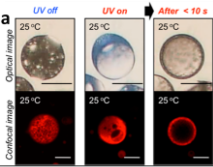
相关图片展示:
